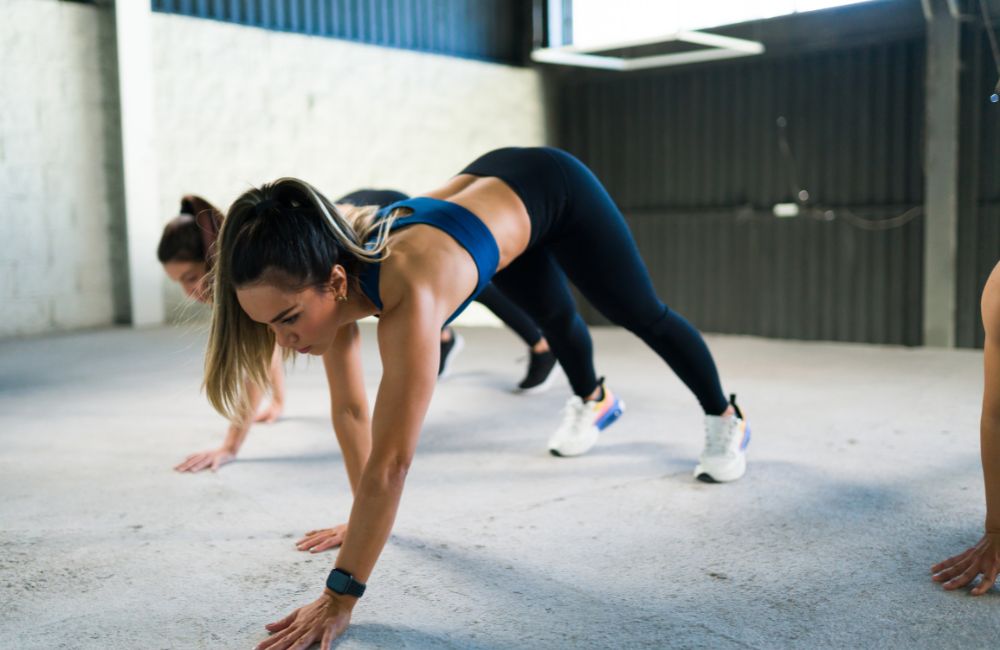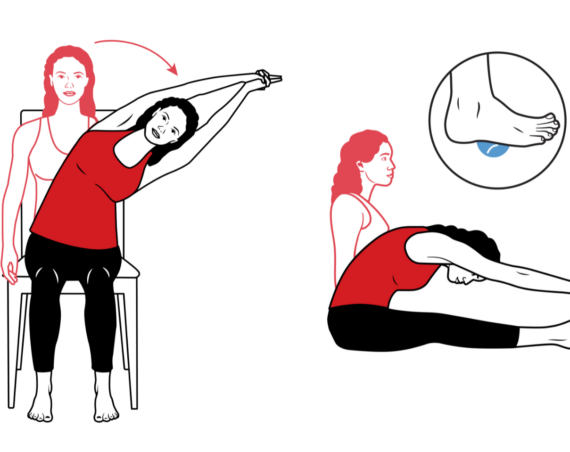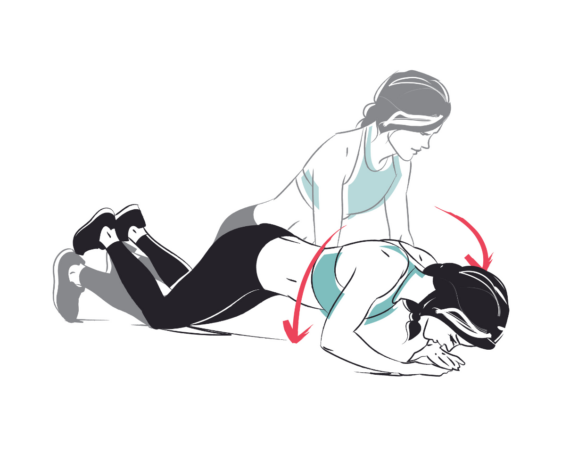
The best Keto workout plan is to burn fat and lose weight.
Exercising on the Keto diet can help you reach ketosis, stimulate fat burn, and aid weight loss.
But that’s not the only reason to exercise on Keto.
Aside from its weight loss benefit, workouts help you improve your health in many ways.
To start, it helps burn more calories, build muscles, and boost metabolism.
It also helps you lower your risk of conditions like diabetes, depression, and obesity. If you frequently struggle with anxiety, workouts are great for that too (1, 2).
But starting a workout plan while on a low-carb ketogenic diet can be difficult.
This is especially so if you are new to exercise.
To work out on a keto diet, you need to consider your body’s fasted state and the added energy expenditure.
It’s absolutely essential you make the necessary adjustments in your exercise routines. But not to worry.
This post will walk you through tips on how to exercise right on a keto diet to get the most out of your efforts in the gym.
Working Out on Keto
Just switched to a low-carb keto diet, and want to start working out. Here are a few things you need to know before you start.
One is to know how being on keto affects your fitness routine. Two is if you need to exercise differently.
While this post covers general tips on fitness and keto, it’s not personal advice. Before you switch your diet and exercise regimen, consult your doctor. Be sure it’s medically sound for you to start your workout plan on the keto diet.
1. Don’t Try Anything New
If you are new to the keto diet altogether, you’ll likely experience some keto flu symptoms.
You may suffer from extra tiredness, fogginess, or less energy while your body adjusts.
This is a transition period many keto dieters go through.
If you are in this phase of a keto diet, avoid doing exercises that require your focus. This can include but is not limited to powerlifting, hiking, bicycling, and even running.
Avoid unnecessary injuries and strains by taking it easy with workouts. The last thing you want is to overwhelm your body.
2. Avoid High-Intensity Exercises
Even if you are ready for exercise, the general advice is to stay away from high-intensity exercise.
HIIT or high interval training is an intense workout that requires a burst of energy.
When you are extremely low in carbs and your body is in a fast state, chances are, you are out of the energy you need for HIIT.
Sprinting, jumping, and powerlifting fit this type of exercise.
They all require a burst of energy in the first few minutes and demand energy of sugar, which you are low on while on keto.
Instead, focus on lower-intensity cardio.
What this means is, instead of powerlifting, add resistance training to build muscles.
This also helps you keep your metabolism up and burn calories even at rest.
3. Fuel Your Body the Right Way
If you are able to adjust your workout regimen and stay low on intensity level, that’s great. You may not need any adjustments on your diet side to accommodate your physical activity.
But if you need to up your workout intensity, it’s inevitable you adjust your diet slightly.
What that means is, that you may need to take in additional carbs before and after your workout to fuel your body right.
It doesn’t mean you eat a normal diet on your workout days.
It means that you need to up your carbs just enough to fuel your workout while keeping your body in ketosis.
Though exactly how much carbs to add to supplement for the workout is different per person.
If you need a starting point, start with 15-30 grams of carbs 30 minutes before your workout. Also a similar amount of carbs 30 minutes after your workout to aid your recovery.
Try out different levels of carbs intake around your workouts to see what keeps you in ketosis.
And be sure to stick to your regular keto diet and keto macros when you are doing a low-intensity workout.
4 Types of Exercise on Keto
Depending on the type of exercise you perform, your nutritional needs may vary greatly. Workout styles are typically divided into four categories: aerobic, anaerobic, flexibility, and stability.
Below, I will discuss each type to see how they differ.
Aerobic Exercise
Aerobic also known as cardio, is any type of exercise that you perform longer than 3 minutes. This type of exercise is low in intensity.
Long steady-state cardio is ideal for the keto dieter, as it puts you in a fat-burning state.
Anaerobic Exercise
Last but not least anaerobic exercise could be part of a workout on keto despite not being an ideal choice.
Anaerobic exercise is intense and short-lasting. The length of exercise generally ranges between 2 seconds to 2 minutes.
Some good examples of anaerobic exercise include sprinting, running, and heavy weight lifting.
To perform anaerobic exercises on keto, you need to increase your carb intake just a bit.
You’d need the energy carbs can provide to properly get through anaerobic exercises.
But if you are just starting out on a keto, it’s advisable to avoid anaerobic workouts.
Flexibility Exercises
Flexibility exercises help you maintain the normal range of motion of your joint. When you are flexible, you are able to move without pain or feeling discomfort.
Performing flexibility exercises regularly can help you move more comfortably throughout the day.
Stretching, yoga, are Tai Chi are all considered flexibility exercises.
Include a few flexibility exercises in your exercise program.
It’s also an added bonus that flexibility can reduce your risk of muscle-related injuries.
Stability Exercises
Stability exercises often get overlooked but are incredibly important for your body.
They help strengthen your core, improve your poster, and even strengthen your muscles. They also help you improve your body alignment and better movement control.
7-Day Keto Workout Plan for Beginners
Now that you understand how to exercise while in ketosis on a keto diet, let’s get to the actual workout.
This beginner’s keto workout plan incorporates the lower-intensity workouts mentioned above. Since you’ll stay at a low intensity for the first 7 days, no adjustment to your diet is needed.
Ready to start? Grab your exercise shoe and water bottle and let’s get started.
[ninja_tables id=”2907″]


